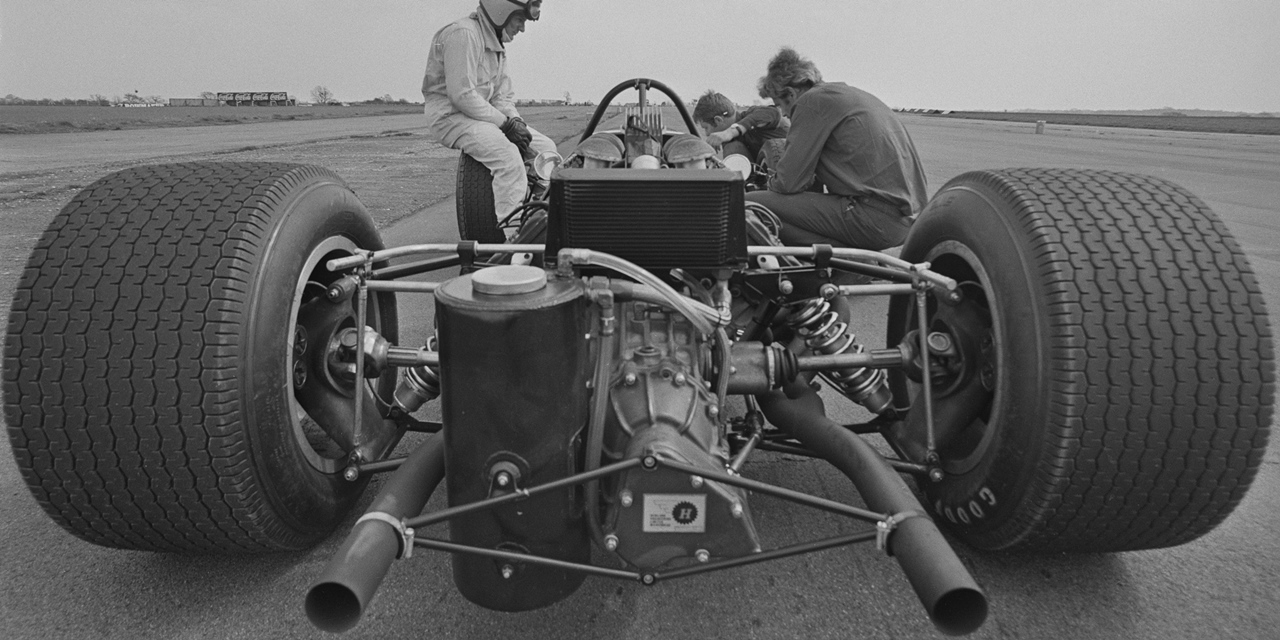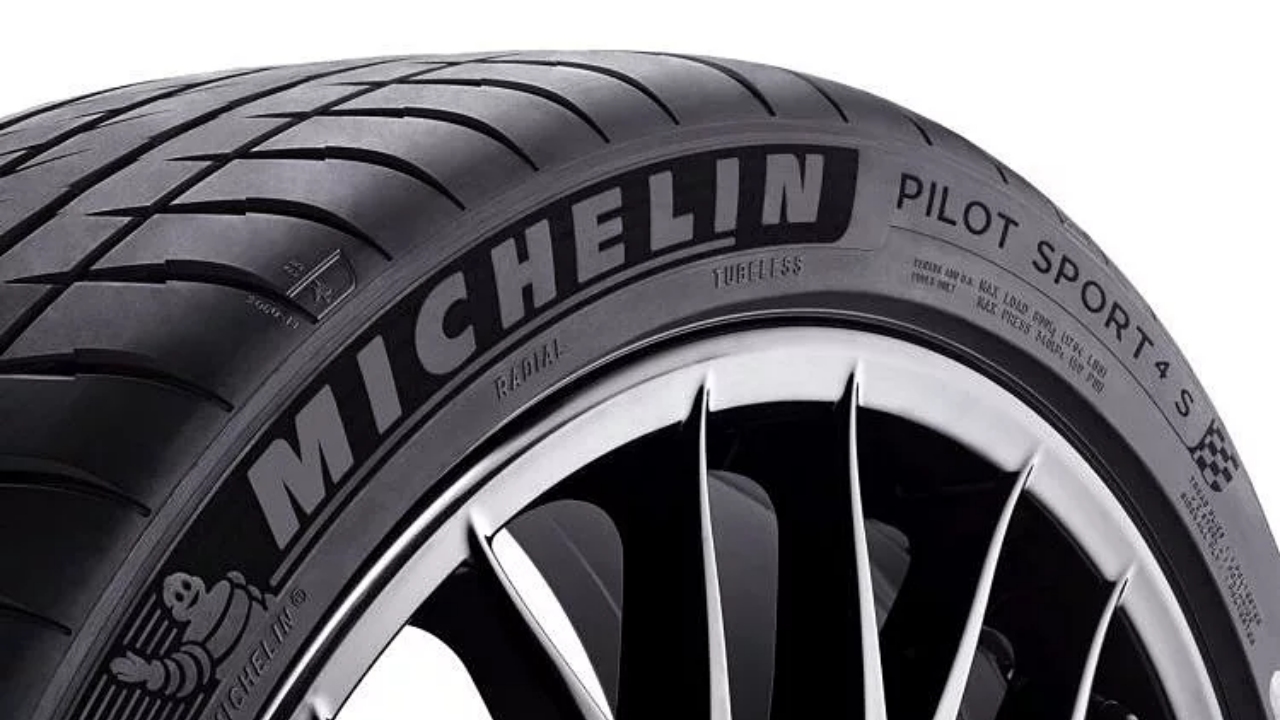Racing bikes and high-speed road bikes have very thin tires. On the other hand, the tires of the cars that go up to high speeds are as flat as possible. So, in the same world, why are the opposite choices made for the selection of these two tires, which are subject to the same laws of physics?
When we look at the history of humanity, we see that there has always been a passion for speed. From running races to horse races our passion for speedcontinues as a speed challenge with everything we can race and race. Today too leading the speed there is a lot of work.
The most basic intermediaries we use for speed are the ones we use. Vehicles. It is one of the most important components of vehicles for speed, although its value is not known. are tires. Because the only point where our vehicles touch the ground is their tires. While the tires of bicycles are thinned for higher speed, the tires of automobiles are flattened. So why?
The tires of road and racing bikes are as follows:
The tires of the race cars are as follows:

Let’s start by updating our basic physics knowledge first.

To get higher speed Need to reduce friction. Because the more friction, the more energy is converted into heat and wasted, and it also causes wear. Less friction means less energy loss.
In aerodynamic studies, new materials are developed that create less friction. In this case, narrower tires seem to make more sense for speed, right? Why are the tires so different then?
In fact, if we want to summarize the answer in one sentence, tire slogan we can use: “Power without control is not power.”
First, let’s take a look at the factors that are important when choosing car tires.

Surface area: Cars are heavy, huge piles of metal, glass, and plastic starting at several hundred pounds. For this reason, wider and thicker tires are needed in order to be able to unload the load and carry it in a balanced way. The friction that comes with the larger surface also provides better handling. This makes it easier to control the car.
Acceleration and Stop: Cars with very high acceleration (in short, acceleration speed) can reach high speeds very quickly and stop very quickly. Thanks to the larger contact surface, vehicles gain the necessary grip to accelerate more quickly. When the vehicles need to stop, the large surface area will transfer the power to the road more easily and make it stop.
Handling: The ability of the vehicle to hold on to the road and turn the corners is very important, otherwise our journeys would end unpleasantly at the first obstacle. The large contact area, which provides greater security and control, is helpful here as well. Also, when you change the direction of a tire at high speeds, the tires are subjected to more side force. Imagine the wind pushing your tire, at high speeds if you have a thin tire; this can cause tire slippage and rollovers.
Durability: Not only do cars produce a lot of power, they travel much longer distances. Moreover, roads also wear tires. Factors such as minor bumps, potholes, deteriorated surfaces also damage the tires. Under the weight of cars, tires must be able to withstand these conditions.
For bicycle tires, the criteria are different.

It is possible to divide the factors that are considered while deciding on the tires of the bicycles into 5 main items:
Aerodynamic: Bicycles can move with minimal air resistance due to their thin construction. Having thin tires reduces air resistance. This allows for faster pedaling.
Lightness: Being lighter means bikes can accelerate and maneuver better. After all, bicycles use human muscle power, so this delicacy provides an advantage as it can accelerate as much as the power allows.
Flexibility: Thin tires are more flexible. This helps to eliminate problems such as vibration that the bike will experience due to minor irregularities on the road. Thus, it provides a more fluid and smoother ride.
Road Compensation: On bicycles, most of the rider’s weight is directly on the tyres. Thin tires transfer this weight to the road better, as they reduce the surface area. Better transfer of weight to the road means better balance. This provides better control and a more stable ride. It produces an important advantage especially for corners.
Energy efficiency: Thin tires mean that the area in contact with the road is also reduced. The smaller the surface area, the smaller the area that can be applied to friction. The amount of power required to get the bike from one point to another naturally decreases.
RELATED NEWS
Why Are “Pumpkin” Tires We’ll Never Put on Our Own Cars, A Formula 1 Essential?
RELATED NEWS
Why Do We Never Forget To Ride A Cycling Even After A Long Time Has Passed? Moreover, when you can’t even remember the food we ate last night!
RELATED NEWS
It’s 2023… Why Are There Still No Cars With “Wheels Turning In All Directions” That We Can Park Easierly?
RELATED NEWS
What Do These Airborne Wheels on Trucks and Trailers Actually Do?
RELATED NEWS
Why Are Tractors Small Front Wheels While Their Rear Wheels Are Big?
RELATED NEWS
